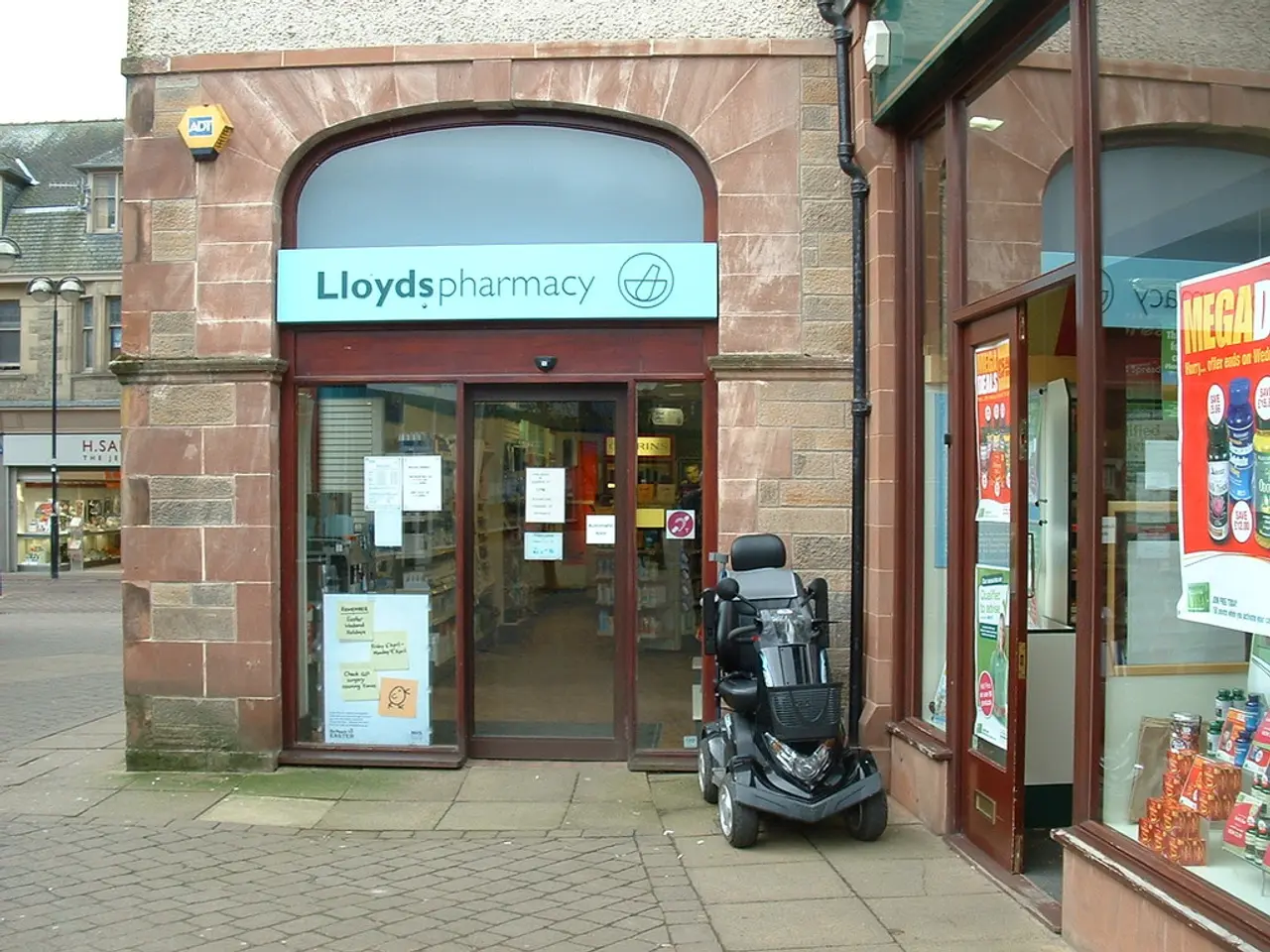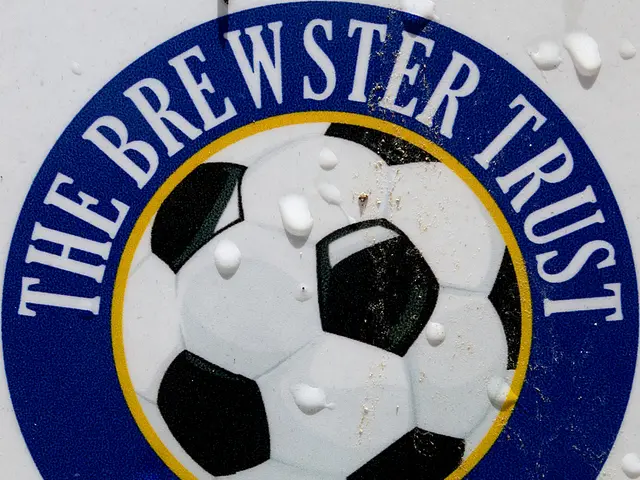Impact of Potential Tariffs on European Drug Prices: A Look at Ozempic, Botox, and Eliquis, and Strategies to Address Increases in Cost
The recent tariffs on European prescription drugs, as part of the trade deal between the U.S. and the EU, could potentially lead to higher costs for American consumers. Approximately 60% of U.S. prescription drugs come from Europe, including many generics, which are typically operated on thin profit margins[1][2].
The 15% tariff on European pharmaceuticals will add significant import costs, potentially between $13 billion and $19 billion to the pharmaceutical sector, driving up prices[2]. Because generics dominate U.S. prescriptions, any increase in import tariffs tends to directly affect out-of-pocket costs for patients relying on these medicines, making generics less affordable[1].
However, the response from pharmaceutical companies is likely to vary. Brand-name drugs, which may absorb tariff costs due to higher profits, could potentially offset any tariff-driven increases[1]. In contrast, generic manufacturers, with their slimmer profit margins, might have to pass the cost on to customers to avoid losing money on generics.
Ongoing negotiations by the Trump administration with pharmaceutical companies aim to lower drug prices, which might partially offset tariff-driven increases, but the net effect remains uncertain[1]. The Department of Health and Human Services reports that brand-name drugs are marked up 322% in the U.S. compared to other countries[3], suggesting that pharmaceutical companies enjoy generous profit margins on brand name drugs.
It's still unclear what will happen with drug prices going forward, making it hard to plan ahead properly. If you pay out of pocket for any prescriptions, consider asking your doctor to write you advance prescriptions so you can fill them at today's prices.
The trade deal with India, which produces 35% of generic medications, could have a significant impact on the majority of generics if tariffs are imposed. Talks are ongoing about which generic medications will be exempt from the tariffs in the EU trade deal with the U.S.[4].
In the meantime, it's important for consumers to stay informed about the potential changes in drug prices and to discuss any concerns with their healthcare providers.
References:
- CNBC
- American Action Forum
- Department of Health and Human Services
- Kaiser Family Foundation
- Despite the potential impact of tariffs on European prescription drugs, pharmaceutical companies may counteract tariff-driven increases by absorbing costs for brand-name drugs due to their generous profit margins.
- Conversely, generic manufacturers, with their slimmer profit margins, might have to pass the cost on to customers or risk losing money on their products.
- The science of drug pricing is a subject of growing interest in the health-and-wellness industry, as well as in politics and general news, due to the impact on consumer finance and business.
- Negotiations between the Trump administration and pharmaceutical companies aim to lower drug prices, but the net effect remains uncertain and consumers may need to budget accordingly.
- Given the uncertainties around drug prices, it is worth considering strategies to save money, such as filling prescriptions in advance to secure current prices, especially if you are relying on generic medications.








